【聯合聲明】籲請撤回台南將軍光電計畫、綠能規劃切記迴避生態熱區
全球瀕危水鳥 諾氏鷸 (台南鳥會 提供)
台南將軍鹽田是台灣西南沿海重要的水鳥棲地之一,近年來有許多全球受脅鳥種如諾氏鷸、琵嘴鷸等瀕危鳥類在此地度冬,受到眾多國內外喜愛賞鳥的朋友關注。然而據媒體披露,這個難得的水鳥棲地,在未來將劃設為光電廠的開發預定地!由於此區及布袋鹽田在106年行政院會議中已經被鑑定為生態高敏感區,不應做光電開發,因此,中華鳥會與所有連署團體強烈呼籲,政府和廠商立即懸崖勒馬,撤回台南將軍鹽田的光電開發計畫,莫讓錯誤的綠能開發犧牲重要生態環境、拖累國家能源轉型的推進!
台南將軍鹽田位在台61線將軍交流道與西濱連絡道的交換處南側,面積約兩百公頃,如今鹽田已廢曬,閒置後仍受到海水感潮影響,成為一片聚集相當數量水鳥的濕地環境,近年來更特別記錄有多種瀕危物種紅皮書(IUCN Redlist)指認的全球受脅鳥種,包含全球數量僅餘不到500隻極度瀕危的琵嘴鷸(Critically endangered, CR),以及全球少於1300隻的諾氏鷸(Endangered, EN),更還有其他東亞受脅遷徙水鳥如黑面琵鷺(EN)、大濱鷸(EN)、黑嘴鷗(Vulnerable, VU)、斑尾鷸(Near threatened, NT)、紅腹濱鷸(NT)、紅胸濱鷸(NT)等亦在此穩定過境與渡冬。近年來,由於濕地環境不斷消失,許多東亞的遷徙水鳥總體數量持續減少中,在台南將軍鹽田有如此多樣瀕危鳥類聚集的濕地,在台灣也實屬少見,更有許多國際賞鳥者專程前來尋鳥,顯見這塊濕地的寶貴與重要性。
此區早在106年行政院研商光電政策的相關會議中,依據農委會特有生物研究保育中心提供的資料顯示,包含本區與許多位在嘉義布袋、台南七股、將軍的鹽田,都被認定是不宜開發光電的高度生態敏感區,是台灣最重要的水鳥棲地。如今竟有業者無視已知的資訊,再次選擇生態熱點鋪設光電,地主國產署竟然也同意,如此挑戰科學證據與政府承諾,實在荒謬!
韋能公司有意以嘉義布袋八區鹽田光電廠的經驗,提出保育計畫及劃設保護區等方式,複製於台南將軍鹽田。但我們必須強調,合理的地面光電開發必須建立在優先迴避爭議區為最大前提,其次才是縮小規模、減輕措施及補償計畫等步驟,而布袋鹽田光電便是根據已知的調查結果、公民科學的數據成果,在「已迴避掉高度生態敏感區」的前提下,才選定較低敏感的八區,搭配保護區等生態保育措施,才進行的光電計畫。我們高度肯定韋能願意縮小布袋八區開發面積、投入額外心力作長期環境監測與在地溝通。但也再次強調,台南將軍與七股鹽田、嘉義布袋舊五區及十區鹽田,都屬於「要優先迴避」的高生態敏感區,與布袋八區的條件完全不同。
行政院蘇院長於上個月指示經濟部加速光電的發展,其中強調「政府發展綠能產業同時,也會在不影響農漁民權益與生態環境下,達到環境永續、能源轉型創造三贏的局面」,我們非常同意院長的理念與思維。氣候變遷日益嚴峻,我們支持友善環境的綠能,達到廢核除煤、減污減碳的目標,但選址不當、嚴重傷害自然生態的綠能並不是我們要的。台灣地狹人稠,我們需要用更高的智慧來面對土地利用的爭議。因此,我們呼籲:
- 國產署與韋能公司立即撤回光電開發計畫,並不再同意任何光電設施或其他影響本區生態環境的開發利用行為。
- 國產署、經濟部、縣市政府等各級行政機關應遵守106年行政院會議結果,避免未來七股將軍鹽田與布袋鹽田的高生態敏感區再開發爭議。
- 經濟部應盡速推出考量環境與社會經濟影響的綠能規範,讓綠能在對的地方,用對的方式,加速發展。
聯合聲明團體:
中華民國野鳥學會、地球公民基金會、台南市野鳥學會、台灣黑面琵鷺保育學會、七股沿海土地資源保護協會、台北市野鳥學會、台灣濕地保護聯盟、基隆市野鳥學會、荒野保護協會、高雄市野鳥學會、台灣石虎保育協會、美濃愛鄉協進會、屏東縣野鳥學會、台灣猛禽研究會、新竹市野鳥學會、七股海岸保護協會、綠色公民行動聯盟、台灣野鳥協會、台南新芽協會、桃園市野鳥學會、主婦聯盟基金會、環境權保障基金會、宜蘭縣野鳥學會、花蓮縣野鳥學會、嘉義縣野鳥學會、苗栗縣自然生態學會、臺灣鳥類學會、高雄市茄萣生態文化協會、桃園在地聯盟、彰化縣野鳥學會、彰化縣環境保護聯盟、嘉義市野鳥學會、美濃八色鳥協會、台東縣野鳥學會
聯合聲明學者:
東海大學生命科學系 林惠真終身特聘教授、中央研究院生物多樣性研究中心 陳昭倫研究員、國立中山大學社會學系 邱花妹副教授、 國立成功大學水利與海洋工程學系 王筱雯教授、國立臺灣師範大學生命科學系 李壽先研究講座教授、中央研究院生物多樣性研究中心 劉小如退休研究員、國立東華大學自然資源與環境學系 許育誠副教授 、國立臺灣大學生物科技所 陳仁治副教授、國立成功大學生命科學系 李亞夫教授、國立臺灣師範大學生命科學系 許鈺鸚教授、國立臺南大學生態暨環境資源學系 許皓捷副教授
附件一、七股將軍鹽田生態敏感區地圖 (圖層來源: 2017年行政院農業委員會特有生物研究保育中心之評估)
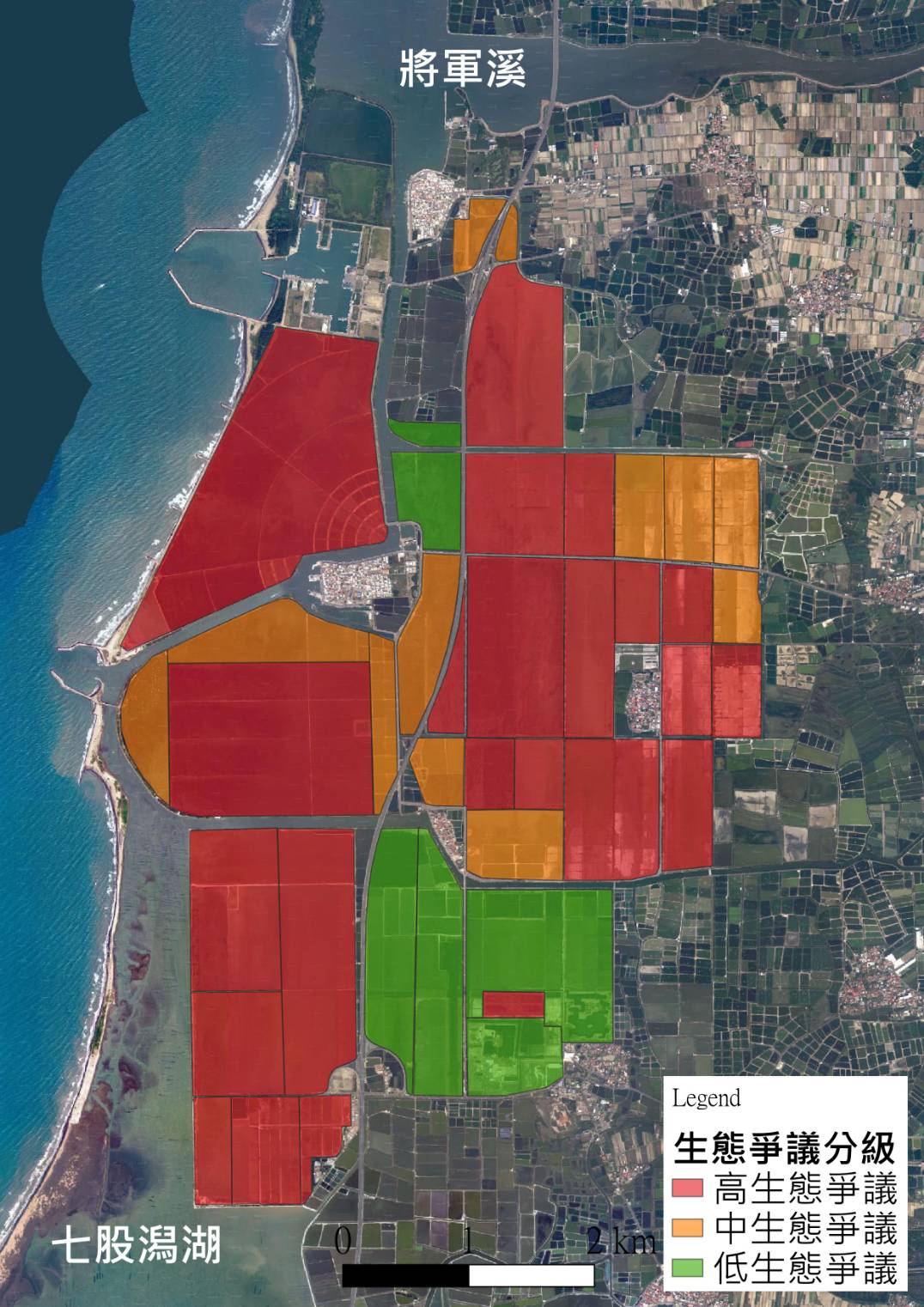
附件二:台電光五可行性研究報告(內有106年行政院會議結論)
台南將軍鹽田重要瀕危候鳥
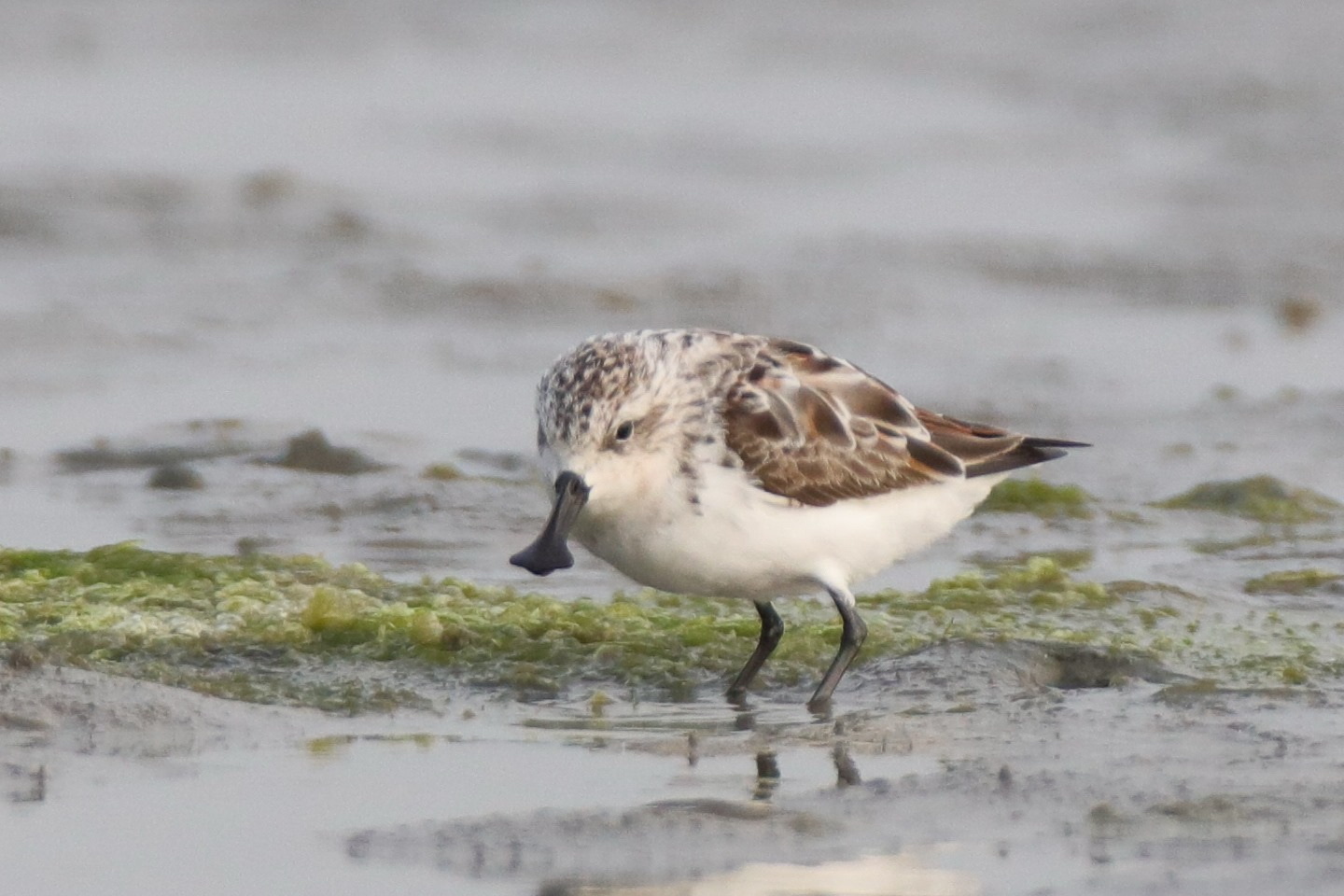
琵嘴鷸(Critically endangered, CR)-台南鳥會提供
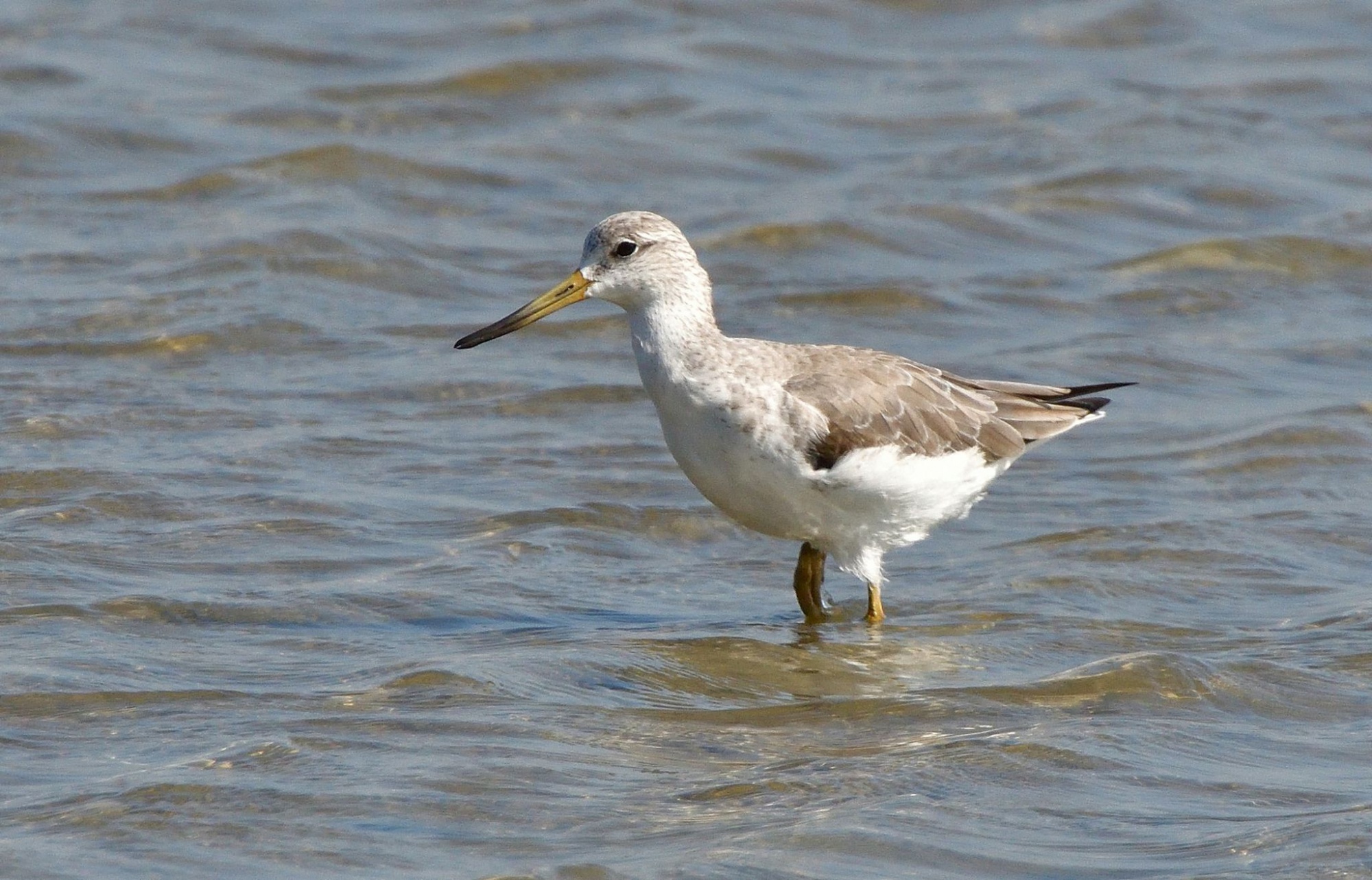
諾氏鷸(Endangered, EN)-郭東輝 攝
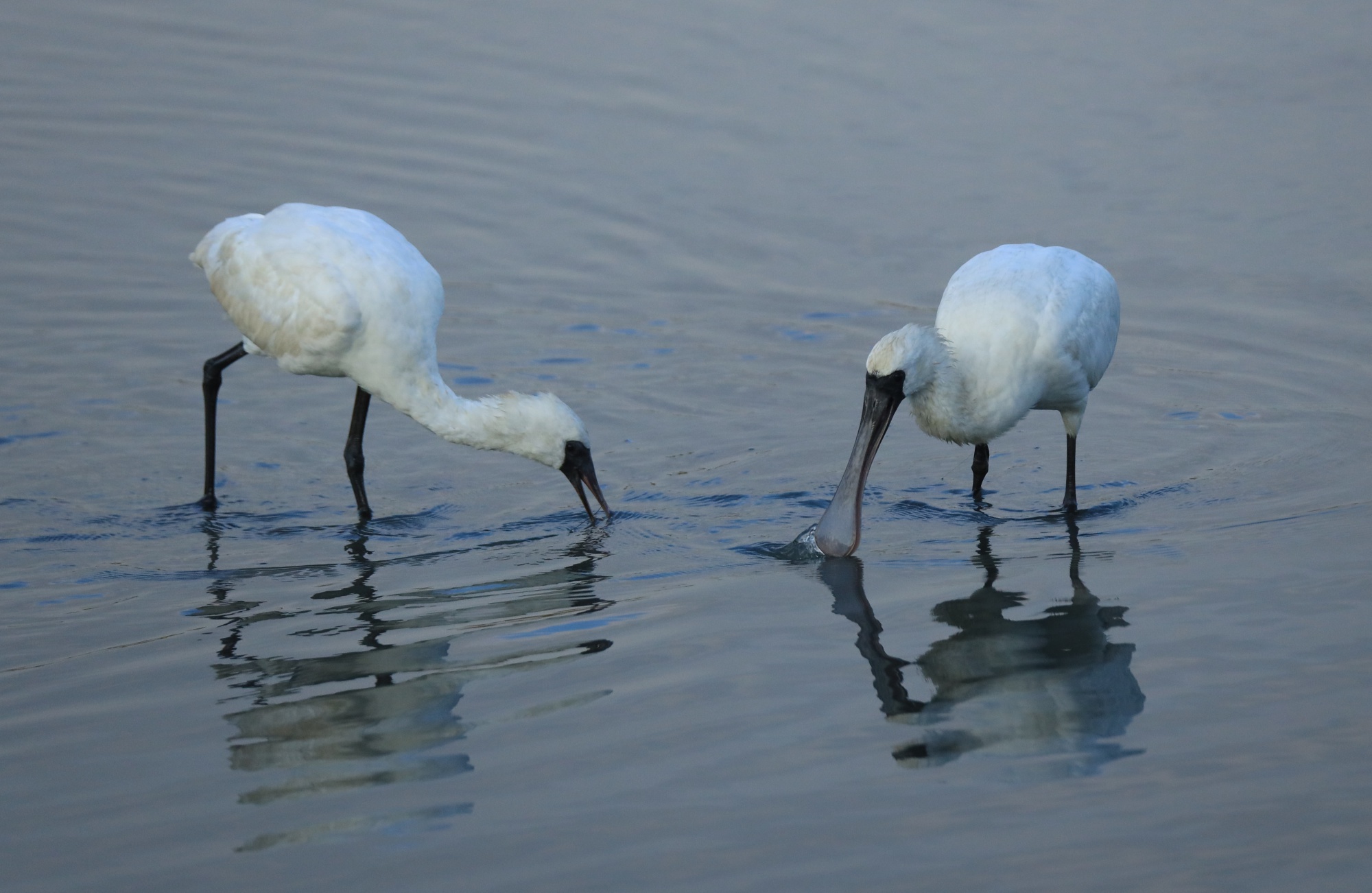
黑面琵鷺(Endangered, EN)-中華鳥會提供
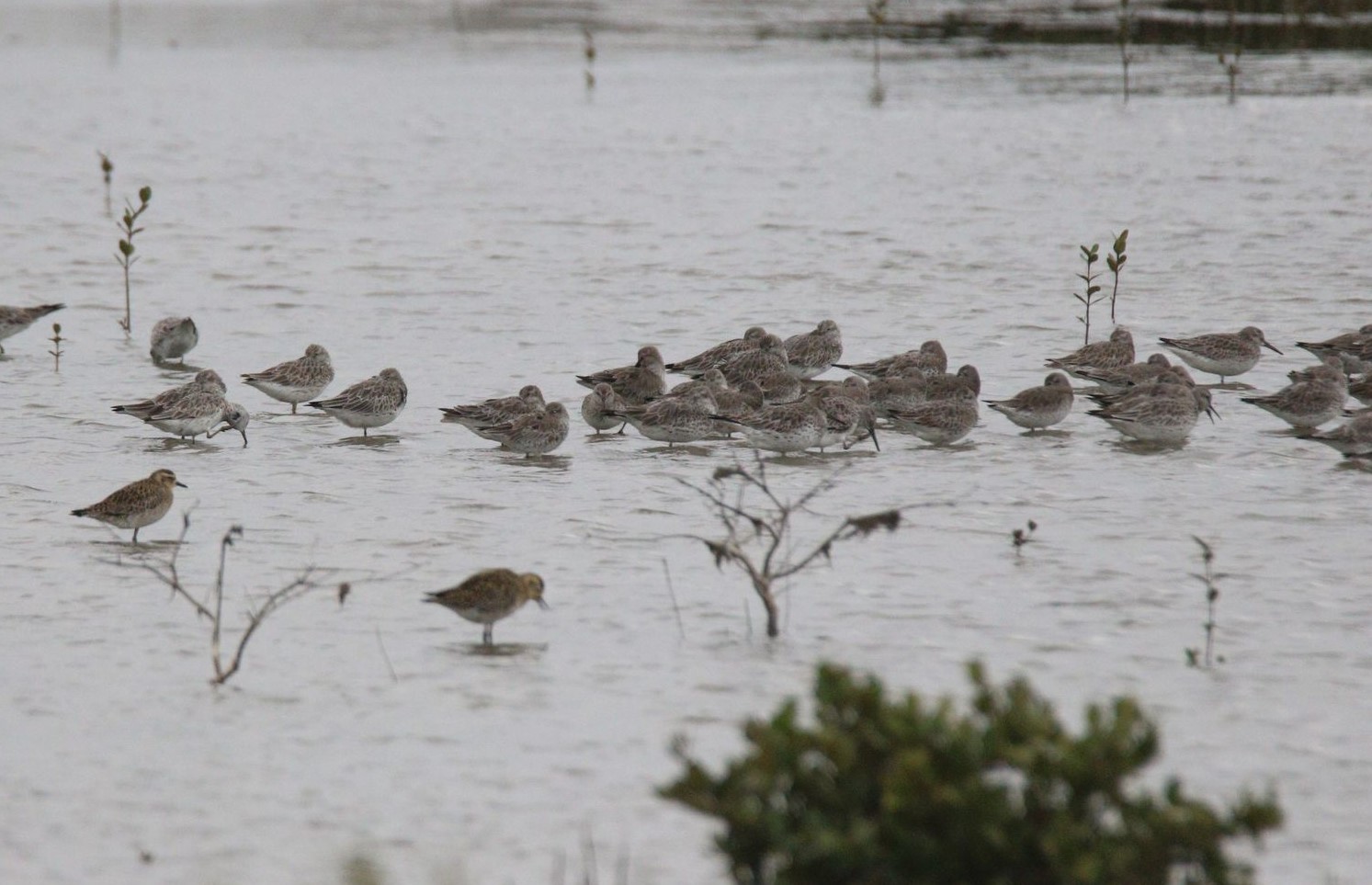
大濱鷸(Endangered, EN)-許詩涵 攝
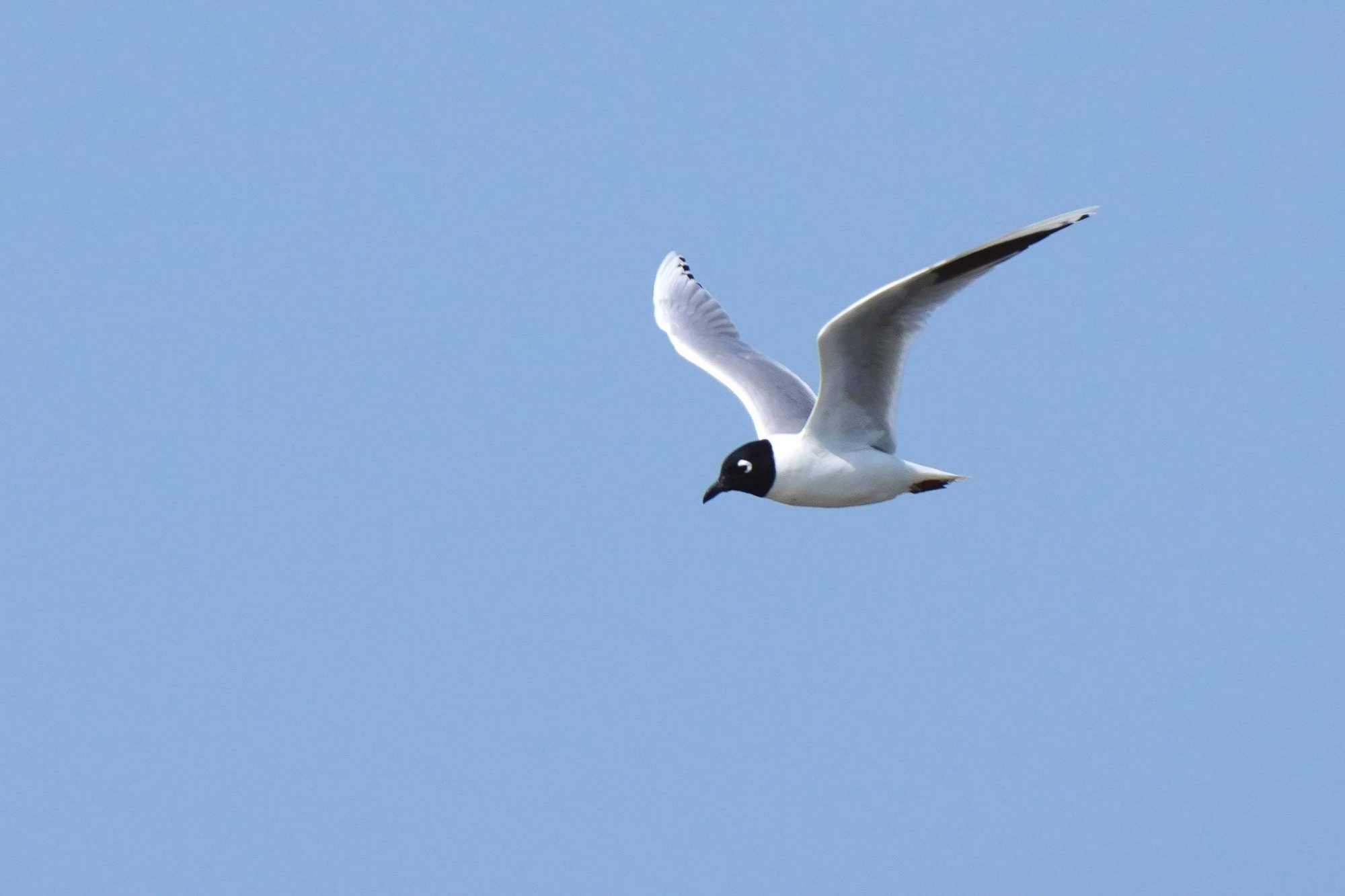
黑嘴鷗(Vulnerable, VU)-王力平 攝
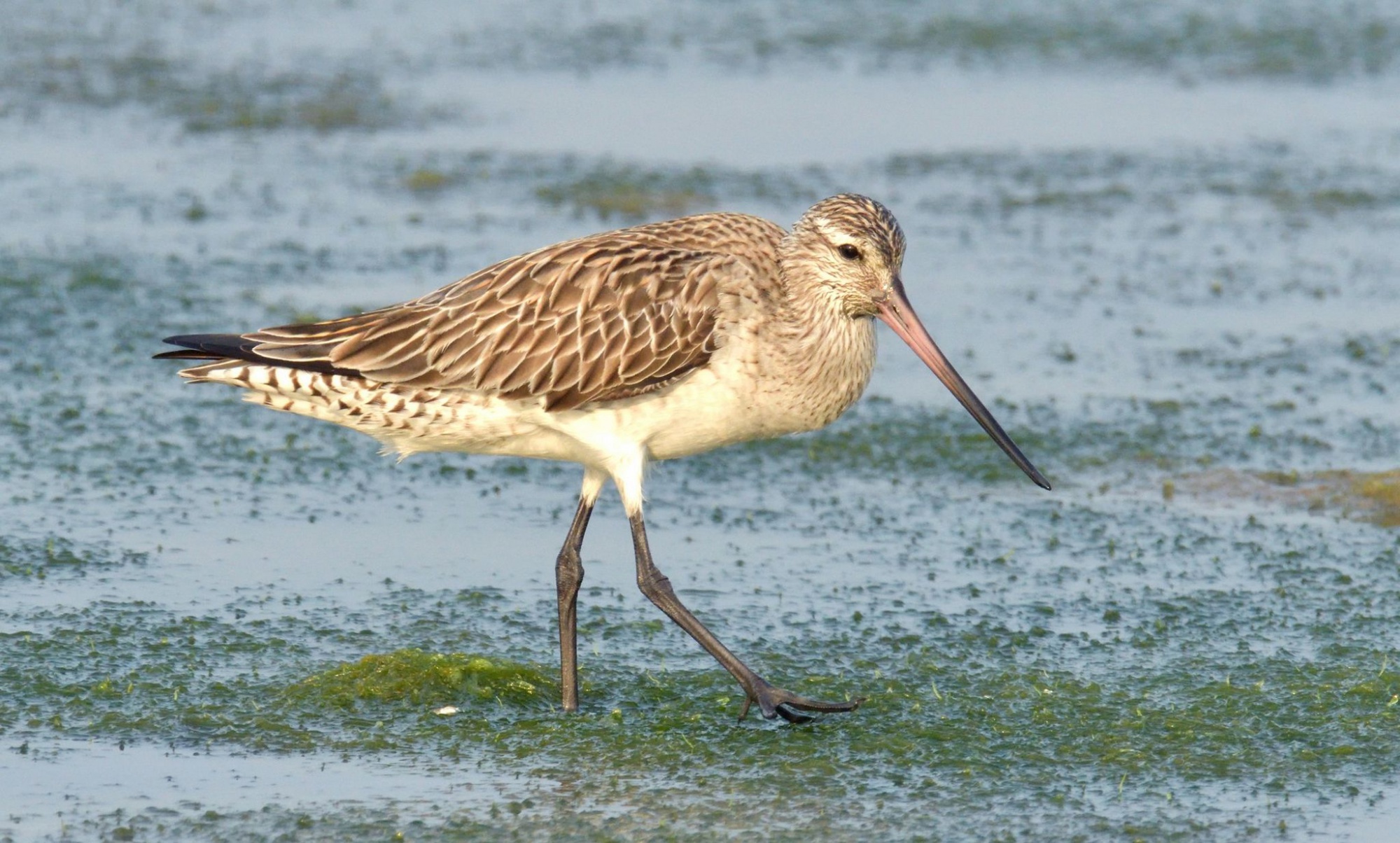
斑尾鷸(Near threatened, NT)-郭東輝 攝
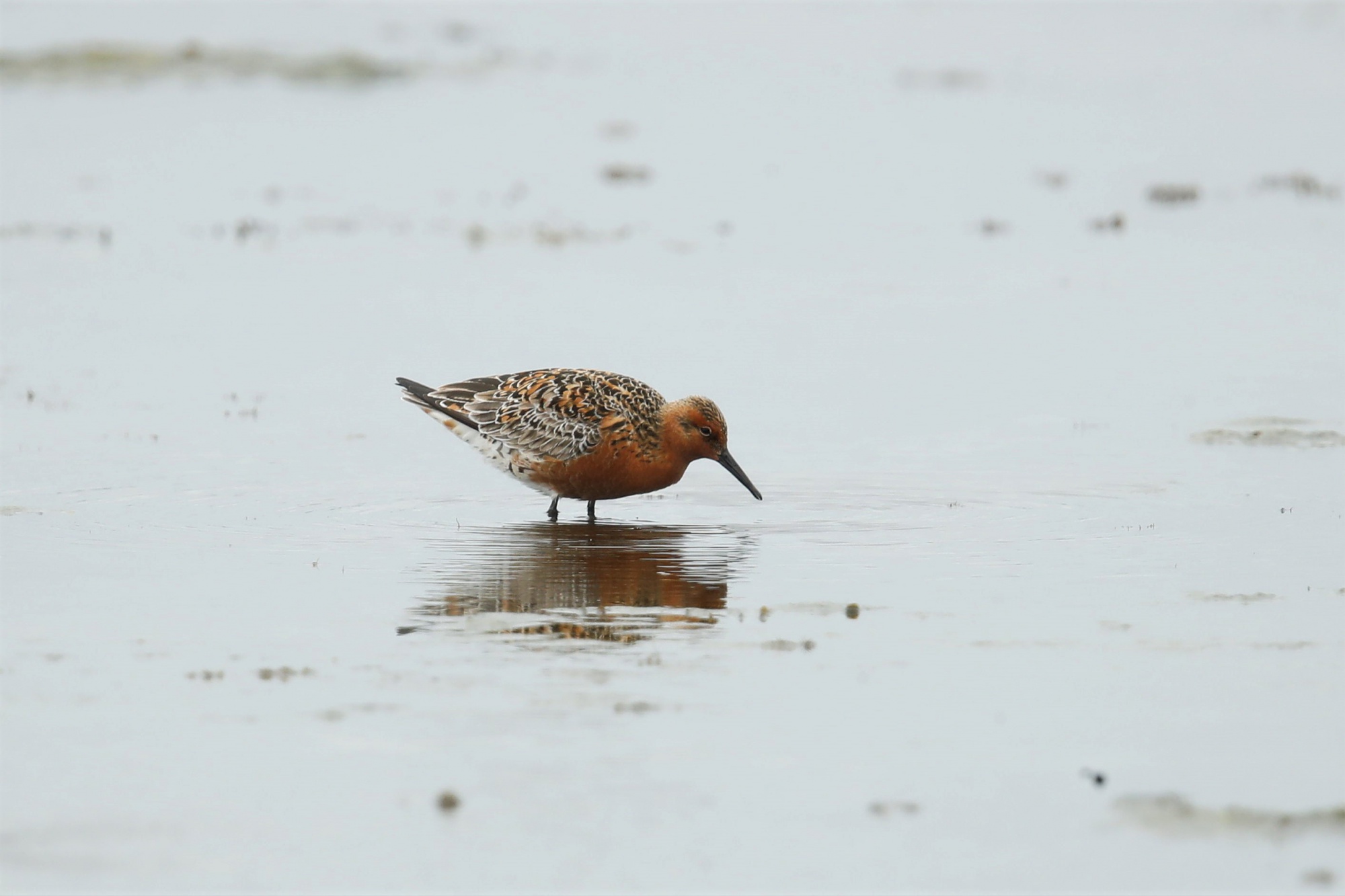
紅腹濱鷸(Near threatened, NT)-黃重融 攝
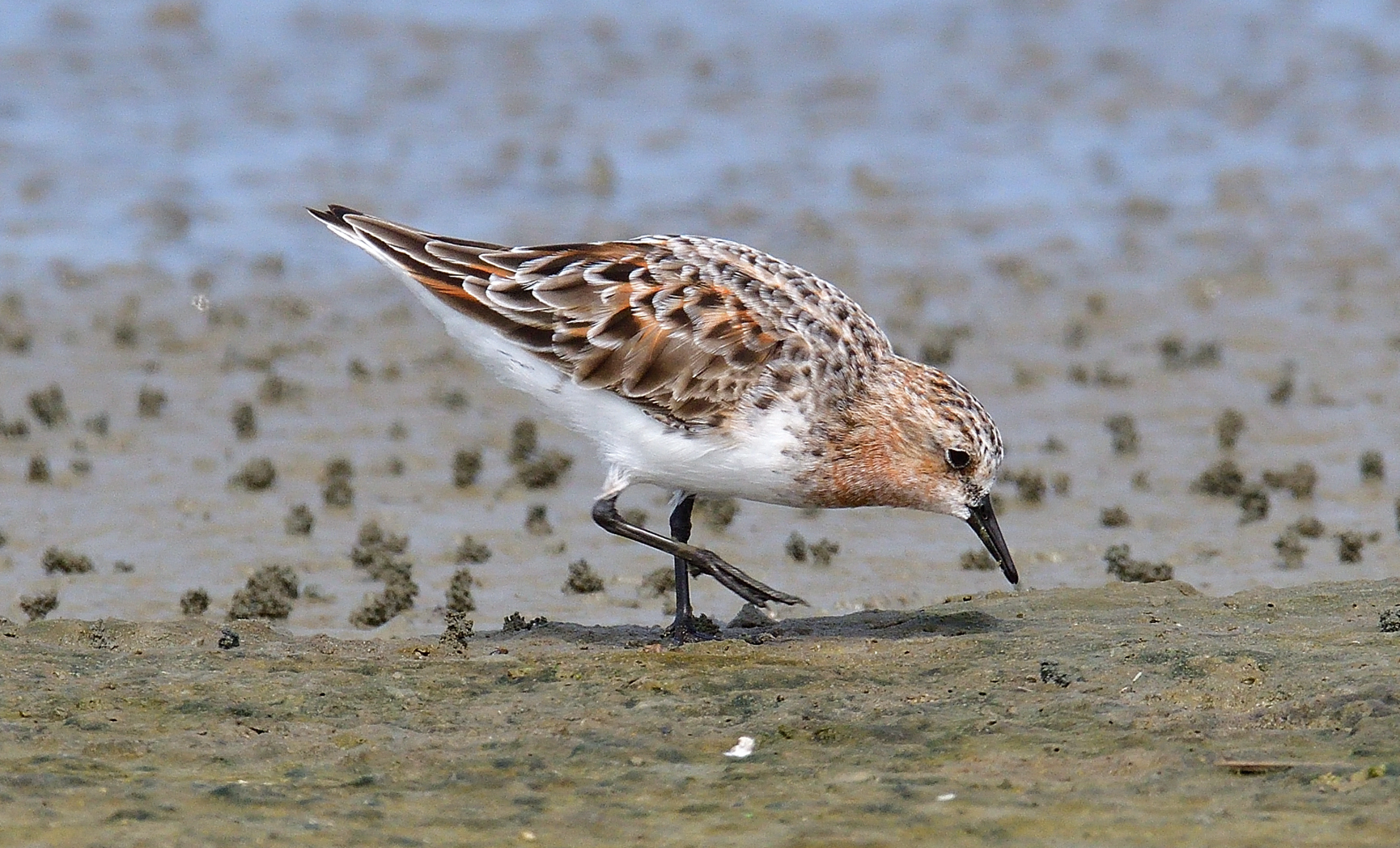
紅胸濱鷸(Near threatened, NT)-郭東輝 攝
[Joint Statment] Call for the Withdrawal of Tainan's Jiangjun Photovoltaic Project: Ecological Hotspots Should Not Be Developed for Green Energy
The Jiangjun Saltpans in Tainan County are one of the important habitats for migratory waterbirds in all of Taiwan. In recent years, many globally threatened bird species including Nordmann's Greenshank and the Spoon-billed Sandpiper have wintered or rested in the area, attracting the attention of numerous bird enthusiasts at home and abroad. However, according to media reports, this critical habitat has been designated part of a planned photovoltaic energy development site. As both this area and neighboring Chaiyi County's Budai Wetlands have been identified as highly sensitive ecological areas by the Executive Yuan in 2017, photovoltaic development should not be undertaken at either place. It is with this in mind that the Taiwan Wild Bird Federation and all of its partner associations strongly urge the government and industry to act immediately and withdraw the Jiangjun Saltpans photovoltaic development plan. Don't allow for this type of negative impact green energy project, which would seriously harm a major local ecosystem and hinder the progress of the country's energy transition!
The Jiangjun Saltpans is located near the southern portions of Taiwan Highway 61 and the Xibin Interchange, covering an area of roughly 200 hectares. Though the saltpans have been abandoned, they are still heavily affected by the tides. This allows for an array of wildlife to use the area, especially migratory birds. There have been records of many globally threatened migratory bird species (as identified by the IUCN Red List) in Jiangjun. This includes Spoon-billed Sandpiper (Critically Endangered, with global population at less than 500) and Nordmann's Greenshank (Endangered, with global population at around 1,300). Other threatened migratory waterbirds of the East Asia Australasian Flyway (EAAF) which have been recorded here include the Black-faced Spoonbill (EN), Great Knot (EN), Saunders's Gull (Vulnerable, VU), Bar-tailed Godwit (Near threatened, NT), Red Knot (NT), Red-necked Stint (NT), etc. All of these species are stable in either annual passage or wintering in Jiangjun. This is critical because throughout the whole of the EAAF, wetlands and mudflats are disappearing at an alarming rate and with them the birds that use these areas. Though small, the Jiangjun saltpans serve as a sort of oasis allowing for such a wide diversity of migratory bird species found almost nowhere else in Taiwan. This is not lost on birdwatchers, who will come from all over, including from other countries, just to do birdwatching here.
According to information provided by the Council of Agriculture's Taiwan Endemic Species Research Institute, during a 2017 Executive Yuan meeting on photovoltaic policy, it was recognized that due to their highly sensitive ecologies as well as their major importance to migratory waterbirds, Chiayi County's Budai as well as Tainan County's Qigu and Jiangjun would not be suitable for photovoltaic development. Yet this information is now being disregarded by developers and plans are underway to install solar panel farms in these ecological hotspots anyways. On top of this, the National Property Bureau has agreed with the developers, disregarding both scientific evidence and government promises.
Vena Energy has said it intends to use it experience in developing photovoltaic plans at Budai Wetlands's Section 8 as it proceeds with its plans at the Jiangjun Saltpans. Yet we must emphasize that proper decision-making on the designation of photovoltaic sites must be based on prioritizing the avoidance of sensitive areas, followed by limiting the potential impacts, ensuring mitigation measures are in place, and creating compensation plans. The project at Budai is based on known survey results, scientific data, and under the premise that "highly sensitive ecological areas will be avoided". That is how Section 8 was chosen. We received a high level of assurance from Vena Energy that it would reduce the negative impacts as much as possible, put extra effort into long-term environmental monitoring, and ensure transparent communication there. They also emphasized again that Tainan's Jiangjun and Qigu Saltpans as well as Chaiyi's Budai Sections 5 and 10 were to "be avoided" as they were highly sensitive ecological areas. Their conditions are completely different from that of Budai's District 8.
Last month, Premier Su Tseng-Chang instructed the Ministry of Economic Affairs to accelerate the development of photovoltaics. He emphasized that "the government's development of the green energy industry would achieve environmental sustainability without affecting the rights and interests of farmers, fishermen, or the environment. We completely agree with the premier's philosophy and thinking behind the development of green energy. Climate change is a real global threat and we support environmentally friendly green energy in order to achieve the goals of abolishing nuclear energy and coal use as well as reducing pollution and carbon emissions. Yet allowing for green energy project sites that are improperly selected and which could seriously harm the natural ecology is not the answer. Taiwan is small and densely populated. As a people, we need to use greater wisdom to face land use issues such as these. Therefore, we call on:
1. The National Property Administration and Vena Energy to immediately withdraw their photovoltaic development plan for Jiangjun Saltpans, and not agree to any new photovoltaic plans or developments that could have major negative impacts the local environment.
2. Administrative agencies at all levels, including the National Property Administration, the Ministry of Economic Affairs, and county and city governments, to abide by the results of the 2017 Executive Yuan meeting and avoid future disputes over the development of highly sensitive ecological areas between Qigu and Jiangjun Saltpans and Budai Wetlands.
3. The Ministry of Economic Affairs to promptly introduce standards for green energy that consider environmental and socio-economic impacts, so that green energy can be developed in the appropriate places and in such a way to accelerate its effective development.
